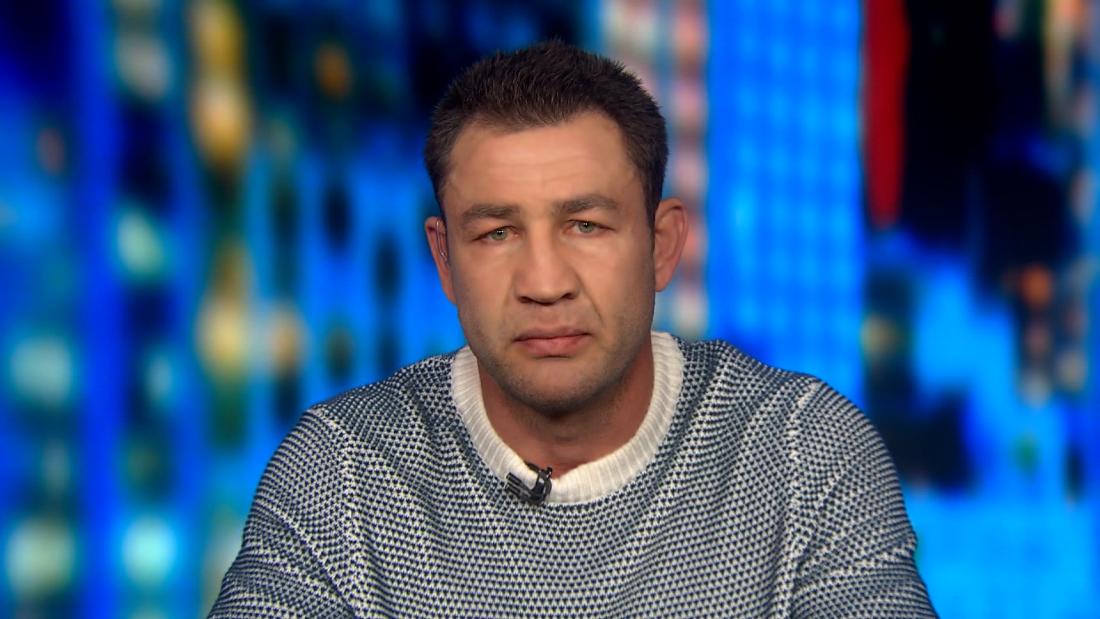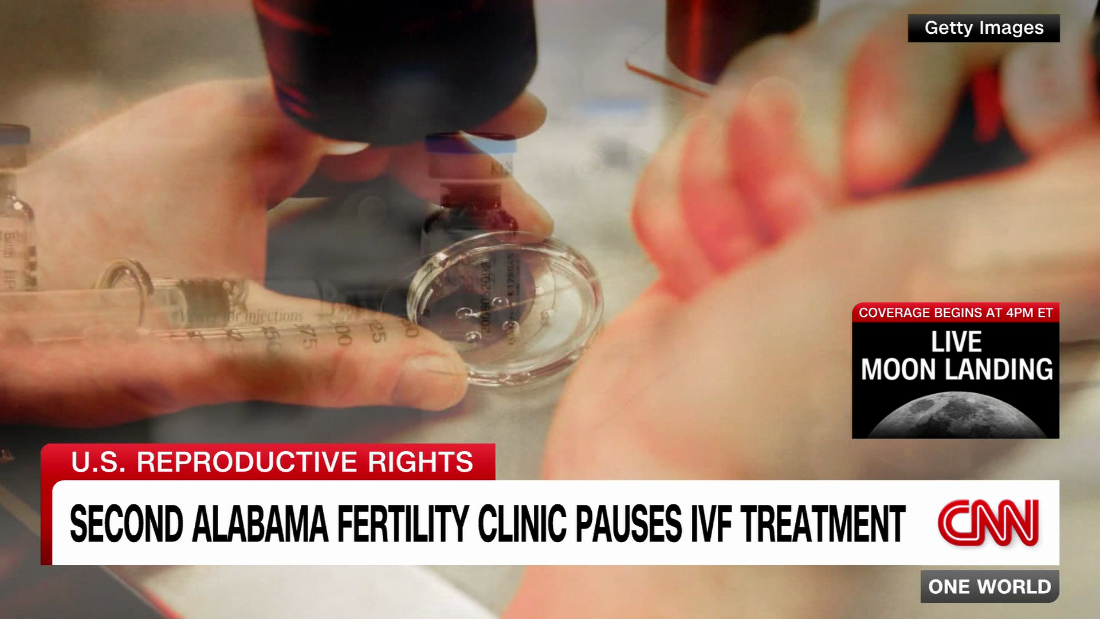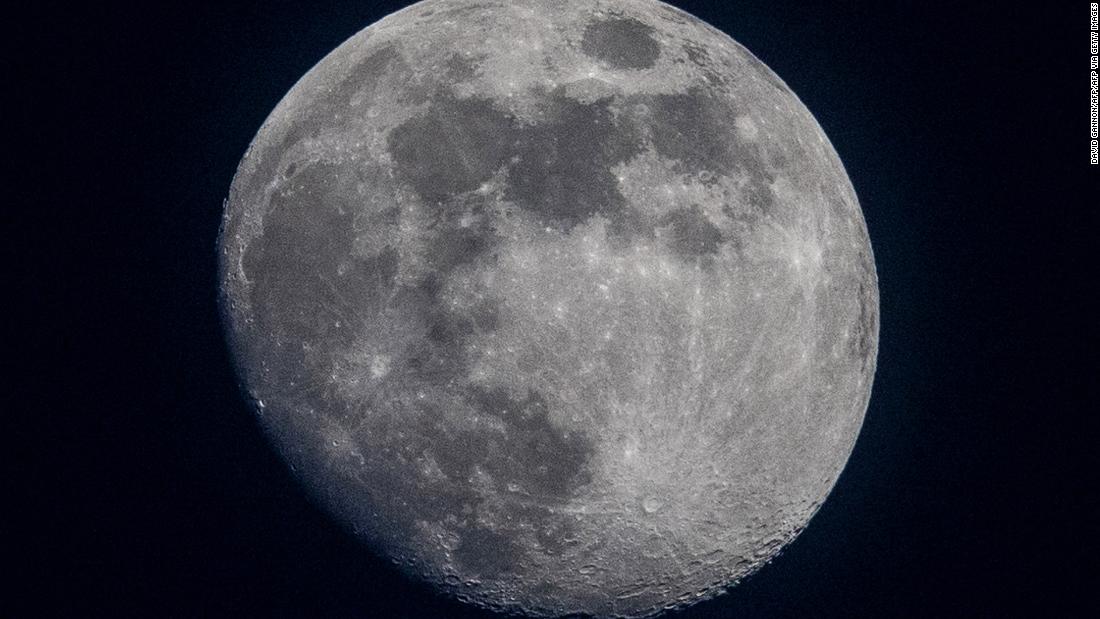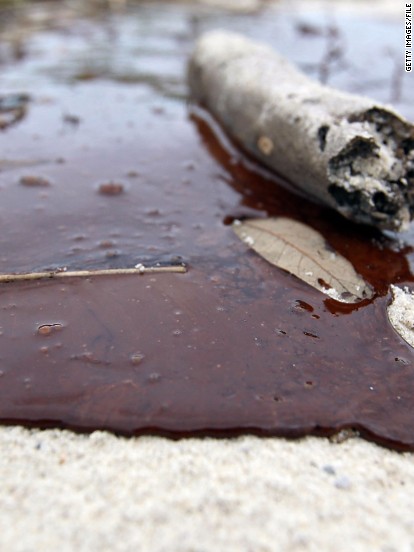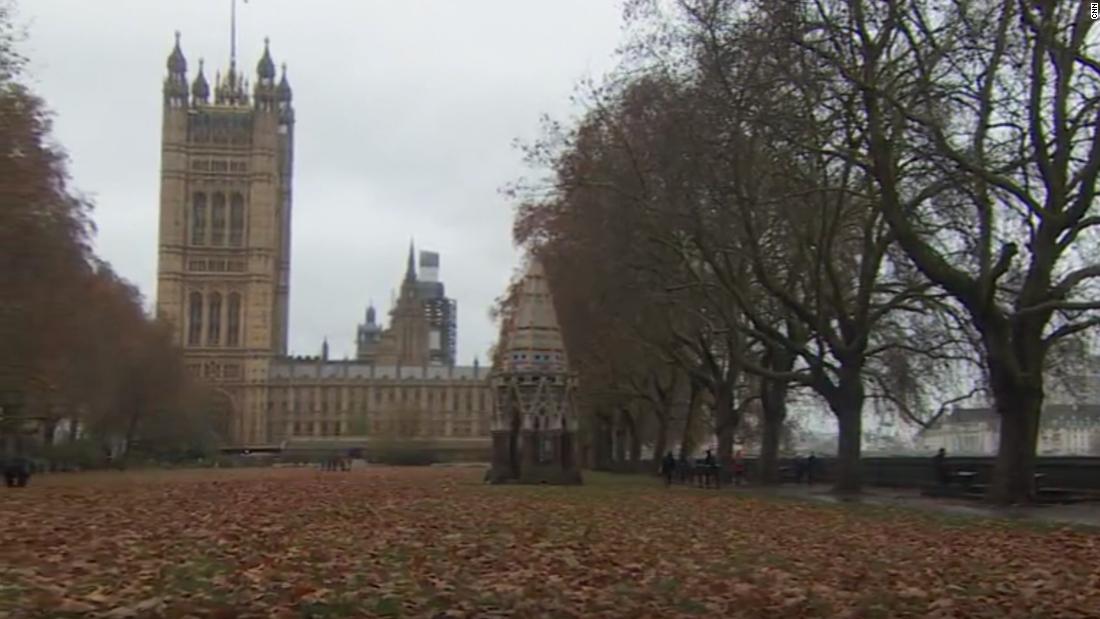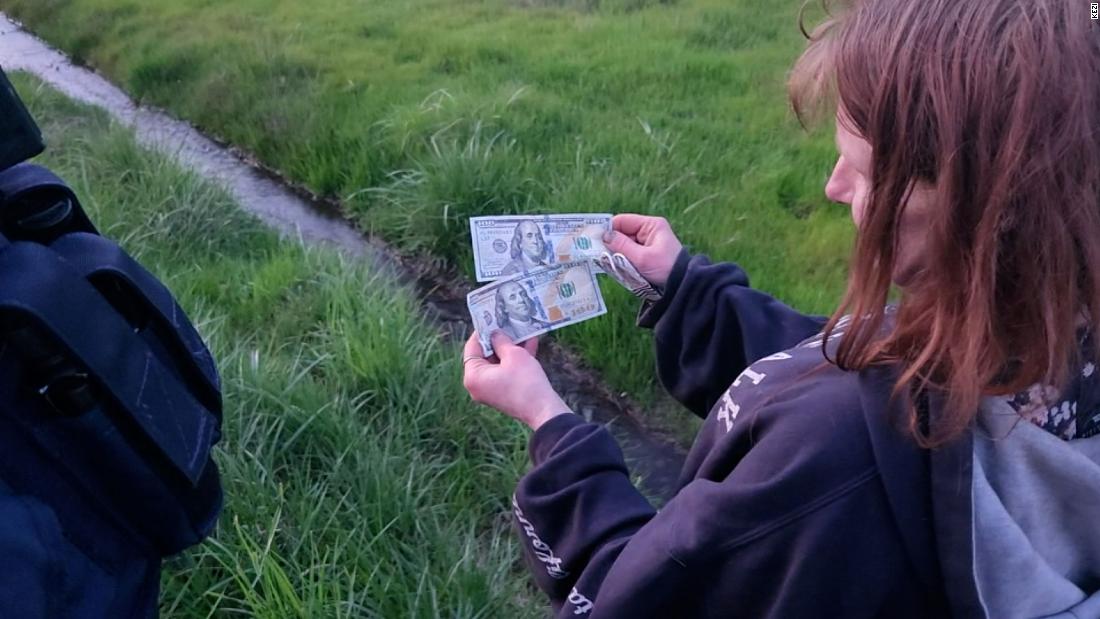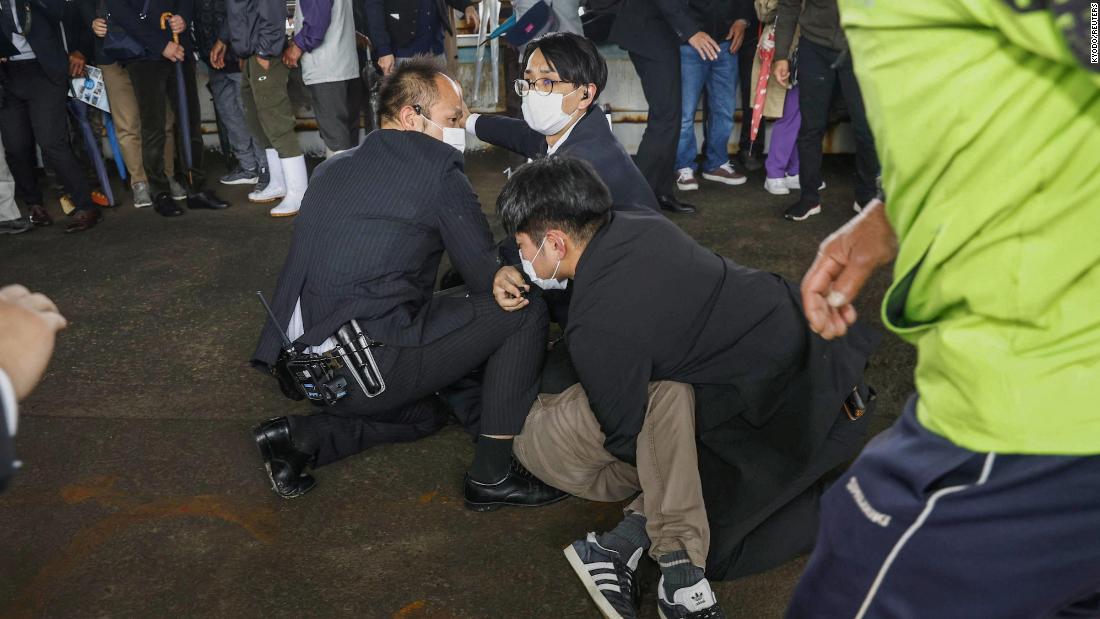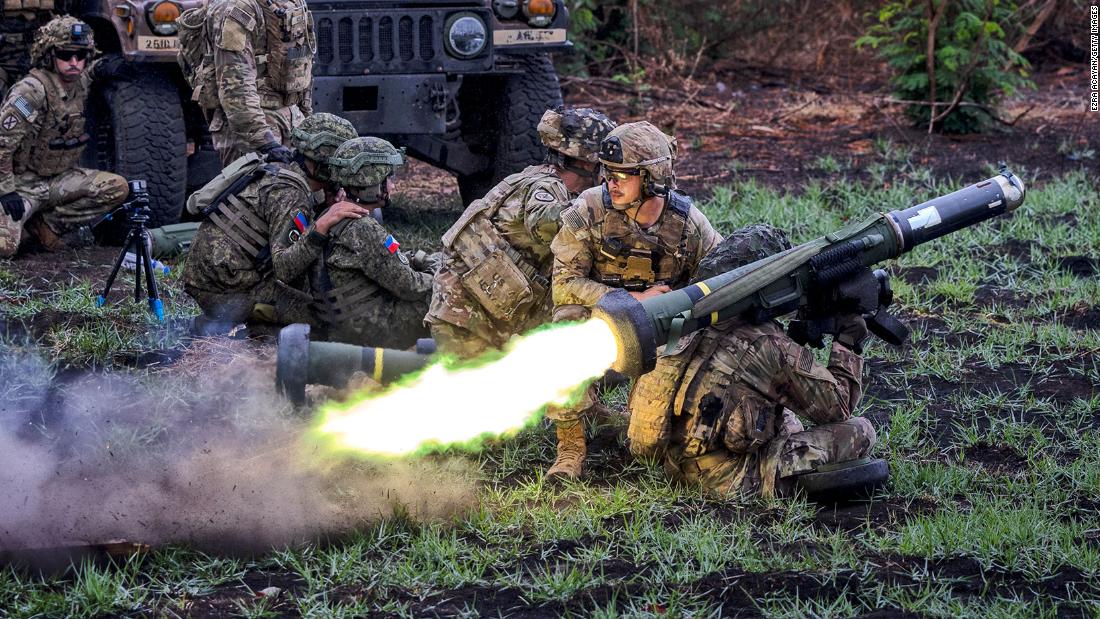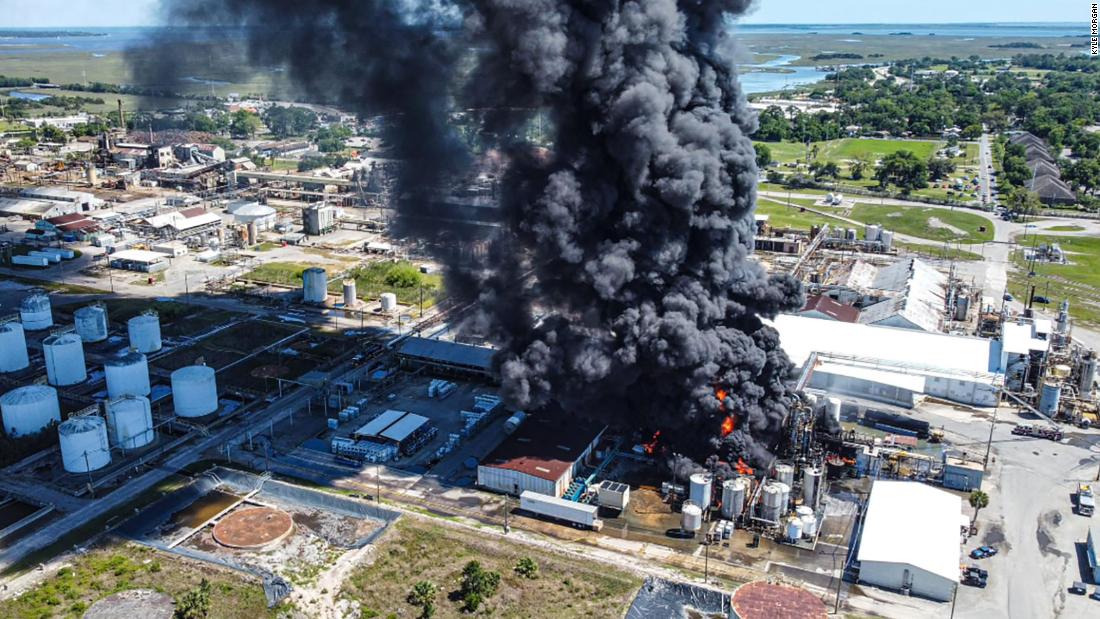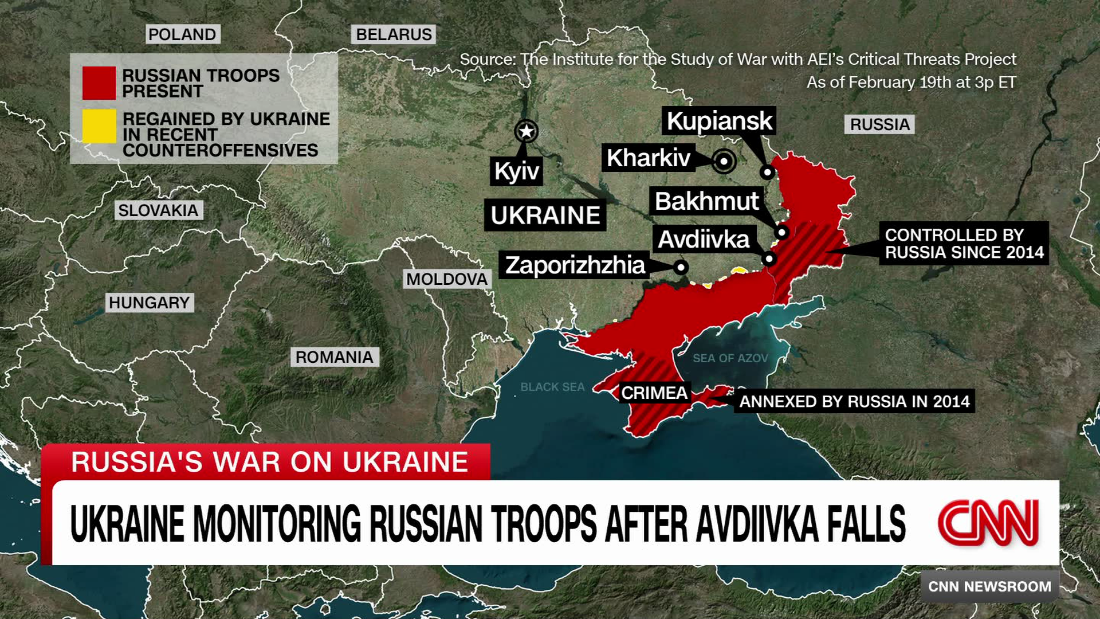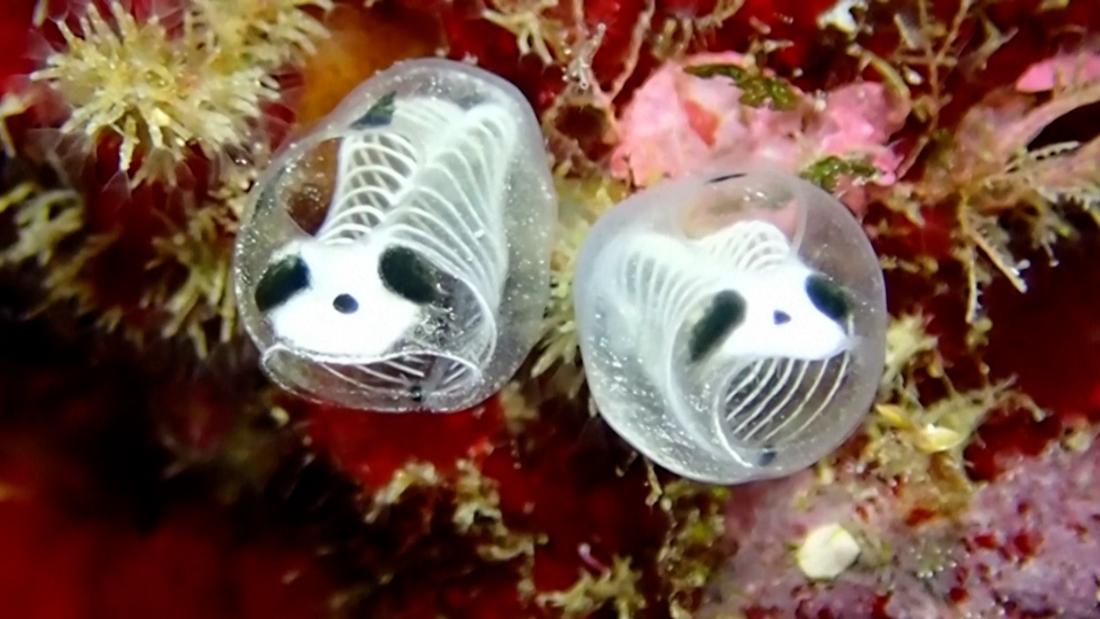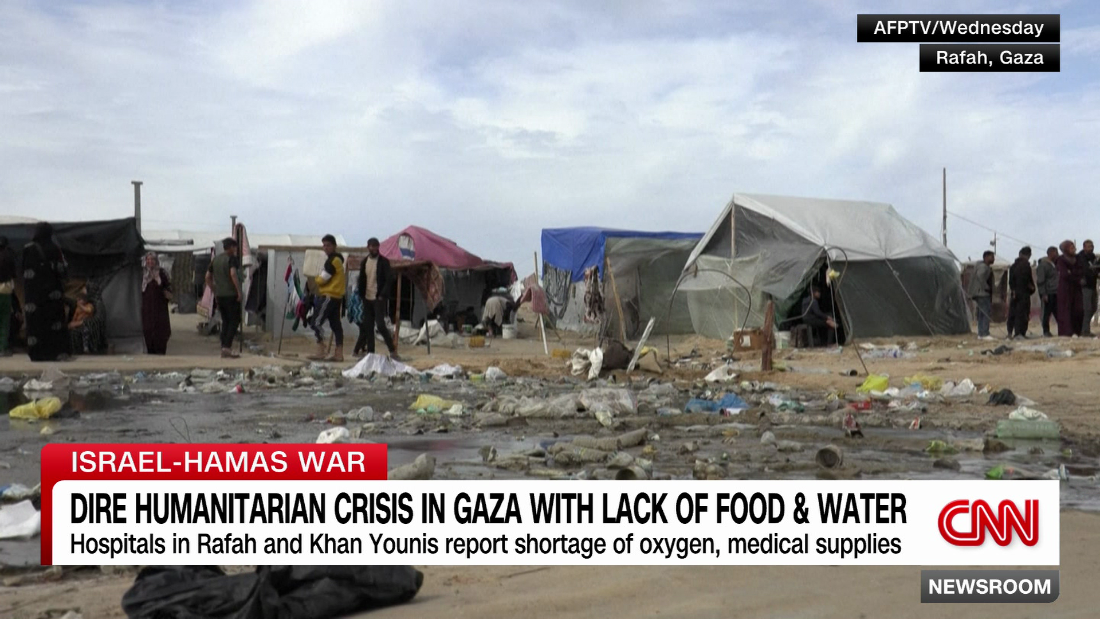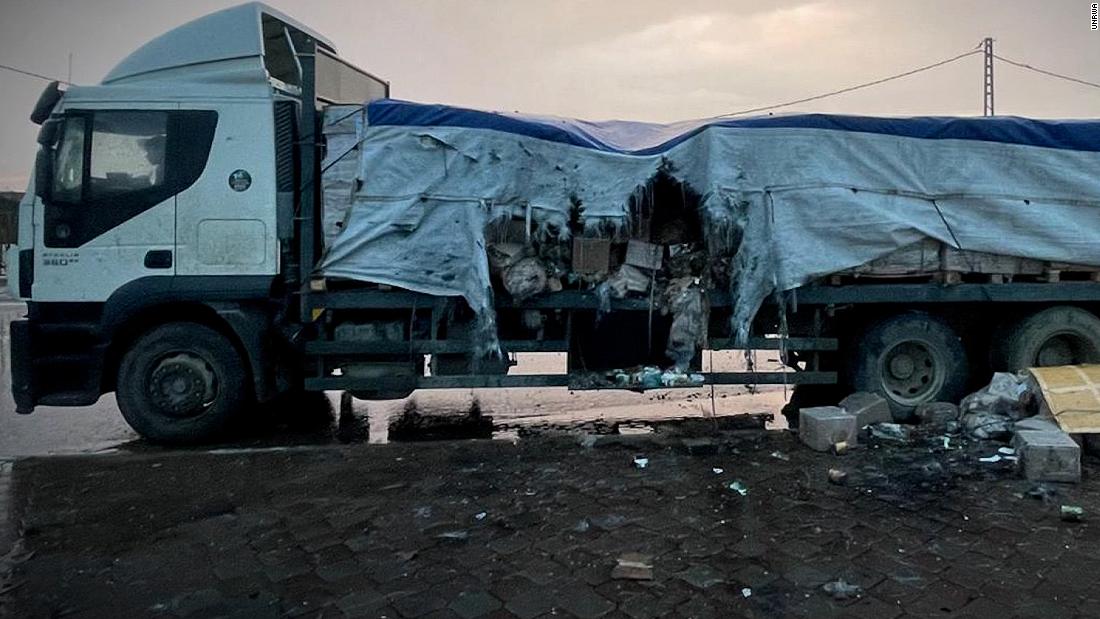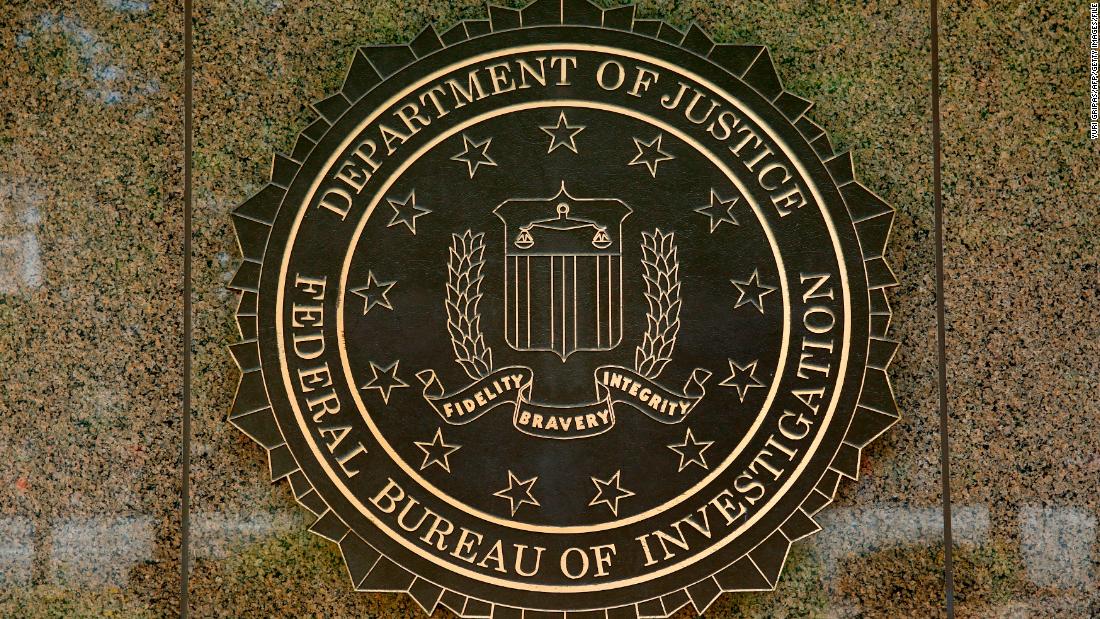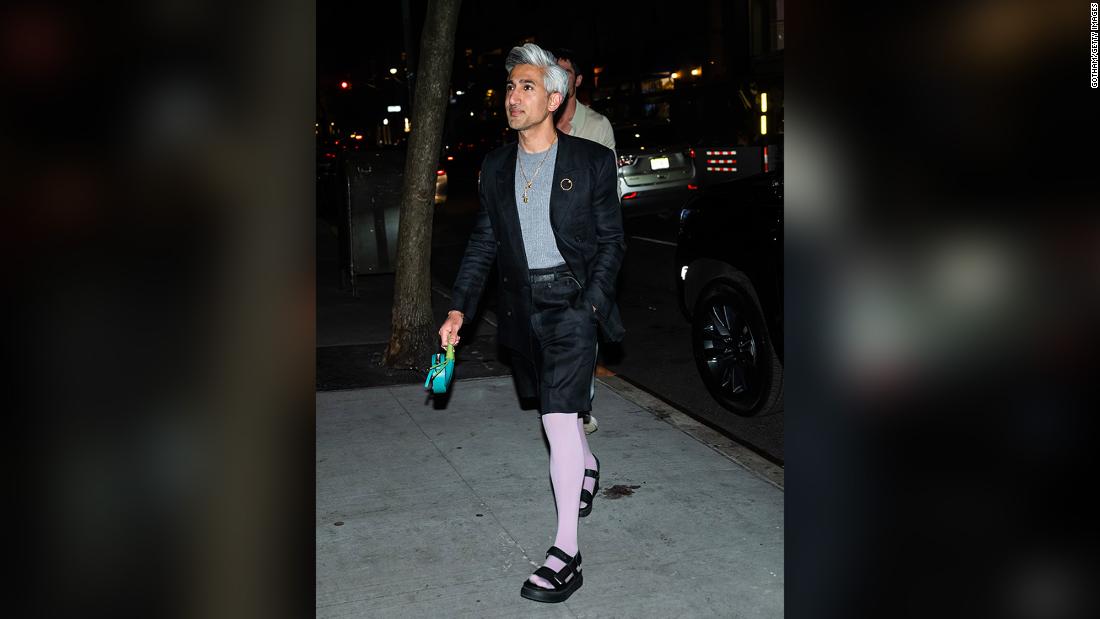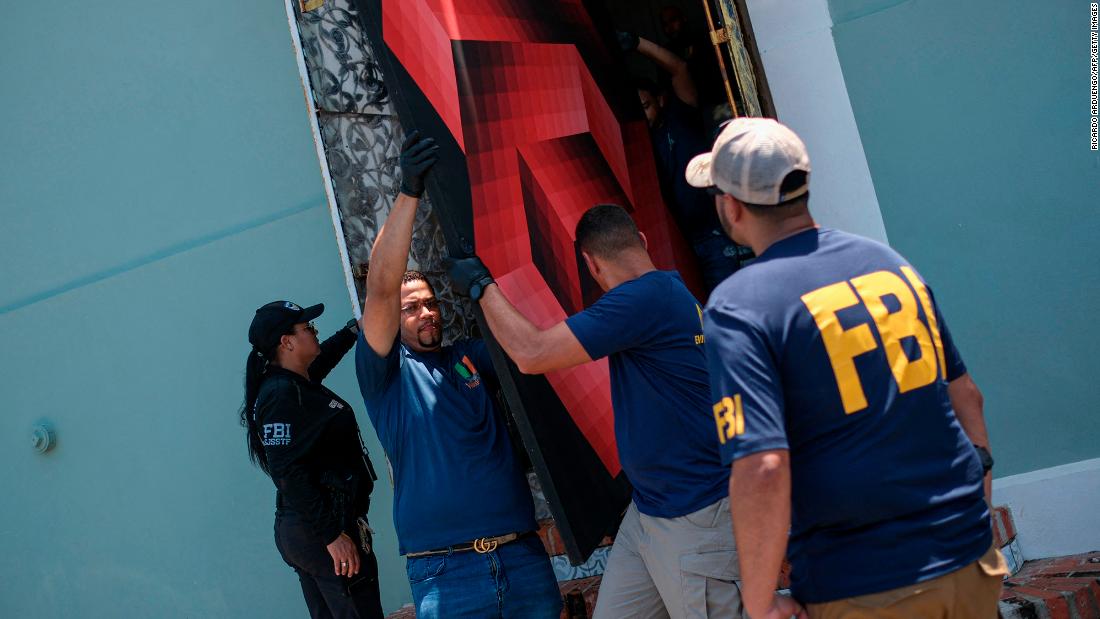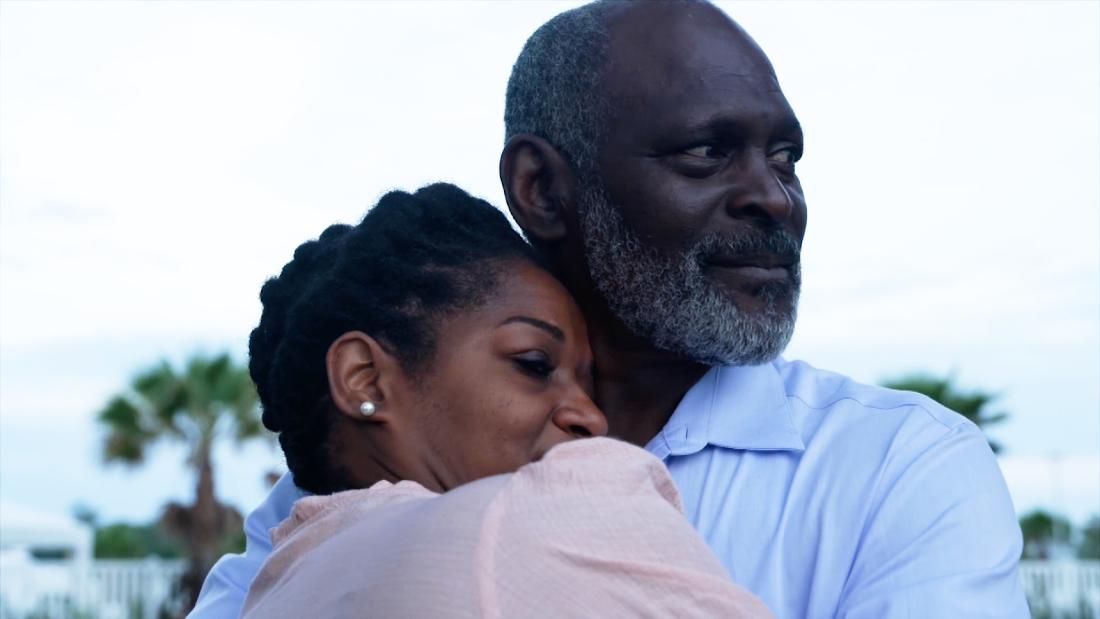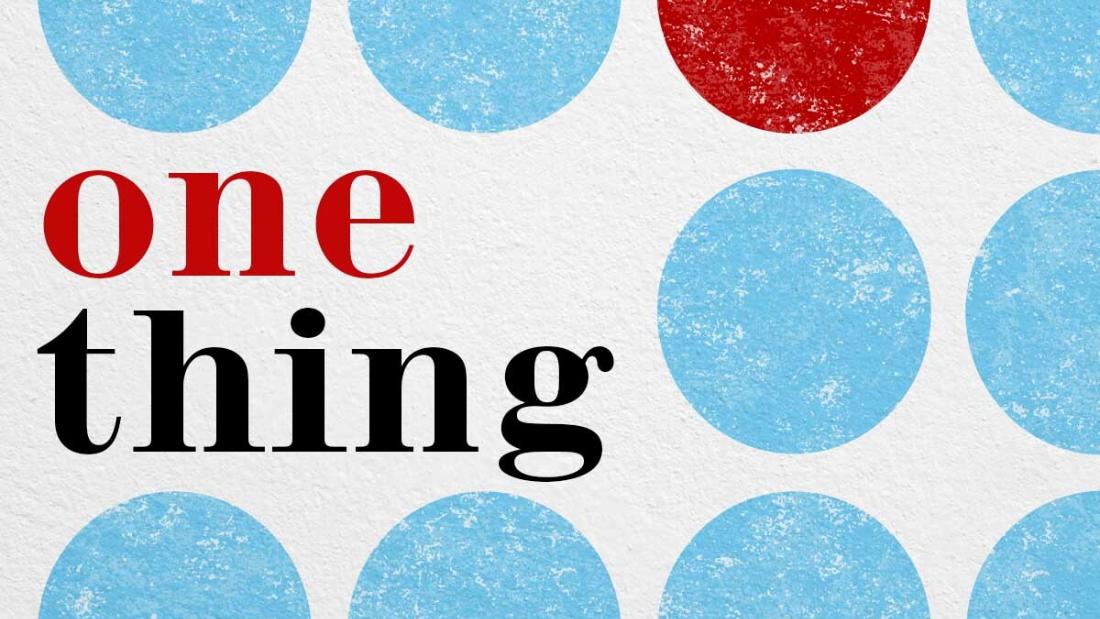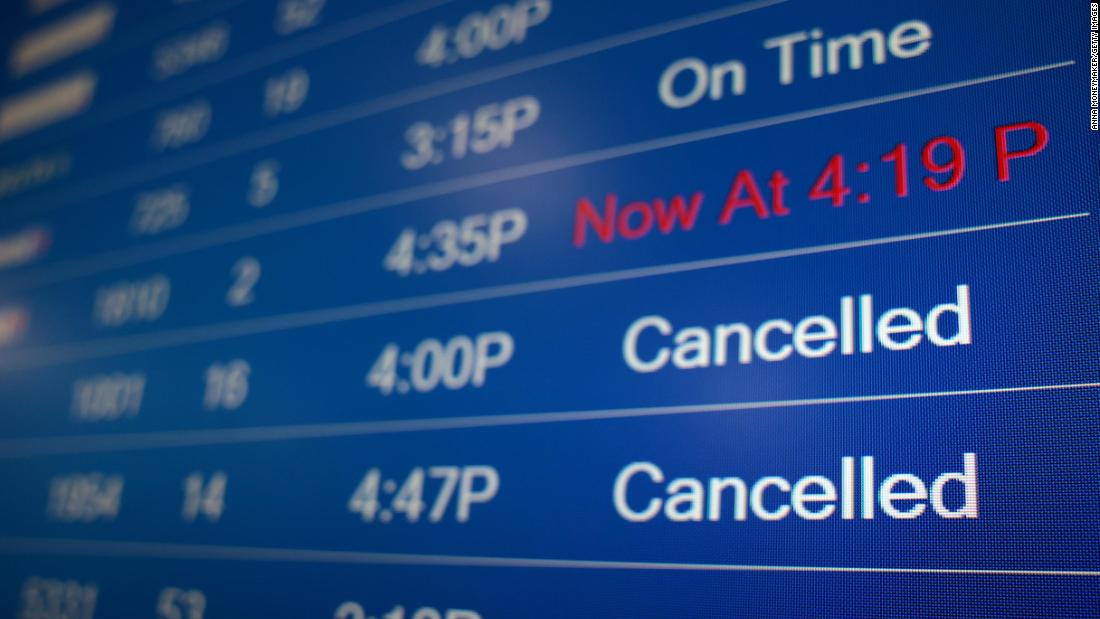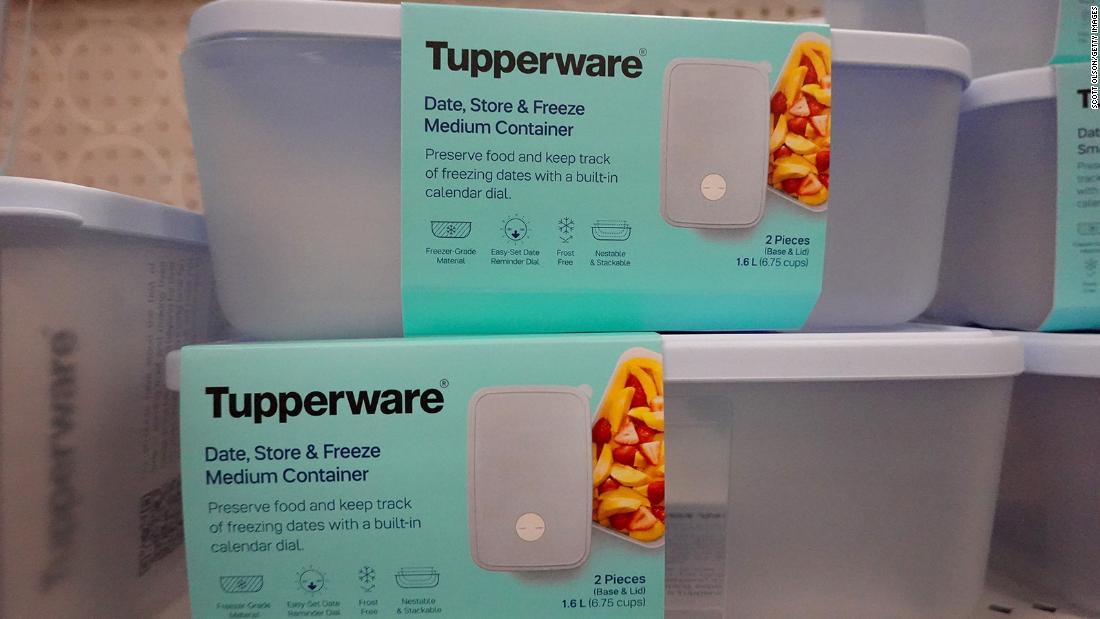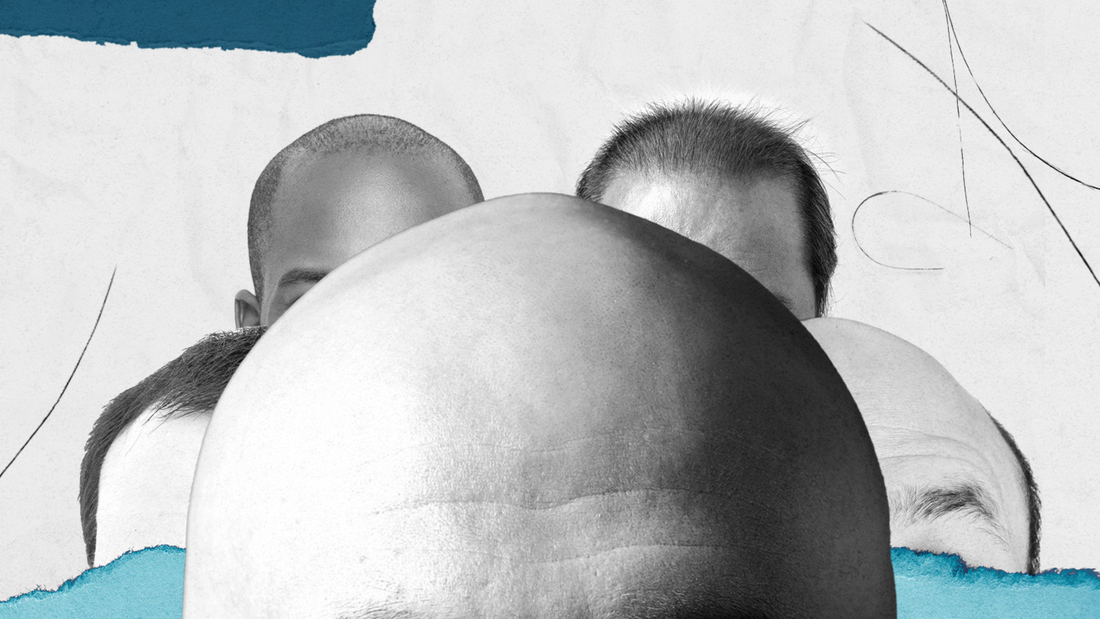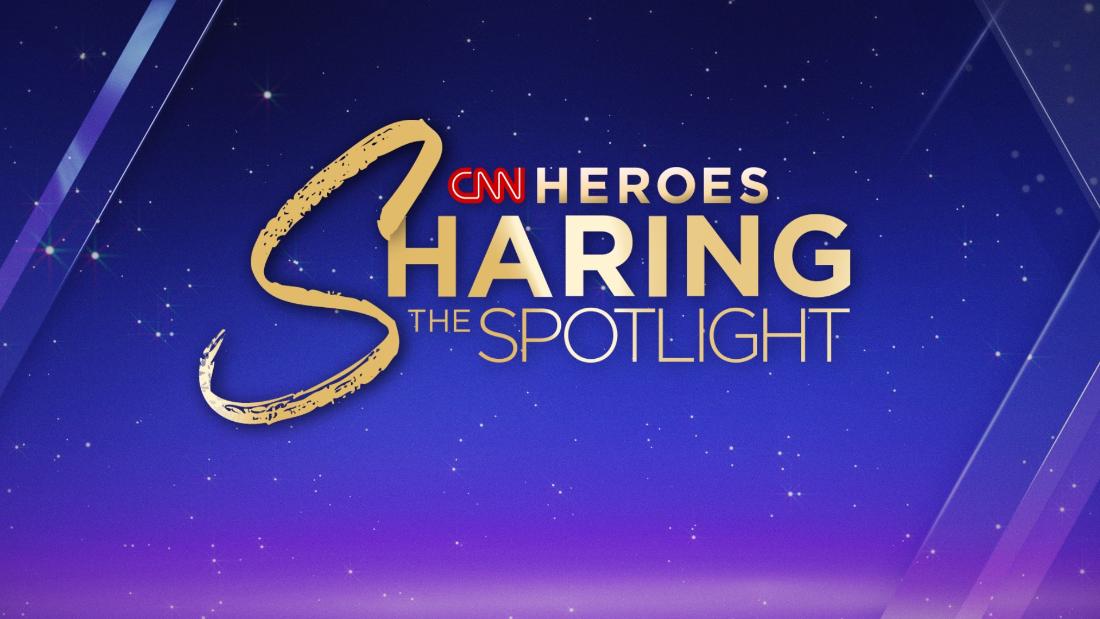FOR decades humans have harvested the blood of horseshoe crabs.
But why are they so valuable, what is the blood used for and do horseshoe crabs survive after being bled? Here’s everything you need to know.
AlamyHorseshoe crabs have been around for so long that they are sometimes referred to as ‘living fossils’[/caption]
Why are horseshoe crabs so valuable?
The medical industry has become dependent on the valuable blue blood that the primordial sea animal provides.
The mysterious animals are collected by fishermen by hand or via fishing boats and are then later transported to biomedical companies.
Horseshoe crabs have been around for so long that they are sometimes referred to as ‘living fossils‘.
They have survived for more than 100 million years, but they now face habitat destruction and overfishing.
Although they resemble prehistoric crabs, they are actually more closely related to spiders and scorpions.
Female horseshoe crabs can grow to be 18 to 19 inches (46 to 48 centimetres) from head to tail.
Meanwhile, male horseshoe crabs are approximately 14 to 15 inches (36 to 38 centimetres).
They live primarily in and around shallow coastal waters on soft, sandy or muddy bottoms.
What is horseshoe crab blood used for?
Each year, over 500,000 horseshoe crabs are caught and taken to laboratories, where up to 40% of their bright blue blood is taken to be used to detect impurities called endotoxins in medicines and vaccines.
The blue blood has immune cells, known as Limulus polyphemus (LAL), which are sensitive to toxic bacteria and can be used to test vaccines and drugs for dangerous bacterial toxins.
The Atlantic Marine Fisheries Commission estimates that in 2019 US labs extracted blood from 640,000 horseshoe crabs.
According to reports, the coveted blood can bring as much as $15,000 per quart.
In October 2023, a picture of a mysterious horseshoe crab earned French photographer and marine biologist, Laurent Ballesta, the title of Wildlife Photographer of the Year (WPY) 2023.
His winning snap showcased a tri-spine horseshoe crab gliding through the waters of Pangatalan Island, Philippines.
The horseshoe crab can also be seen accompanied by three golden trevally fish.
Do horseshoe crabs survive after being bled?
The process of horseshoe crabs being bled involves the animal being caught and kept out of the water while they’re transported to the lab, where they will then have their blood removed.
Once this has happened, the horseshoe crabs are then released back into the wild – a great distance from where they were initially picked up to avoid re-bleeding animals.
According to the RSPCA, ”it’s thought that up to a third may then die” once released.
However, the Florida Fish and Wildlife Conservation Commission states that one-third of a horseshoe crab’s blood can be removed without killing the animal.
The whole process is said to take between 24 and 72 hours.
Published: [#item_custom_pubDate]






















